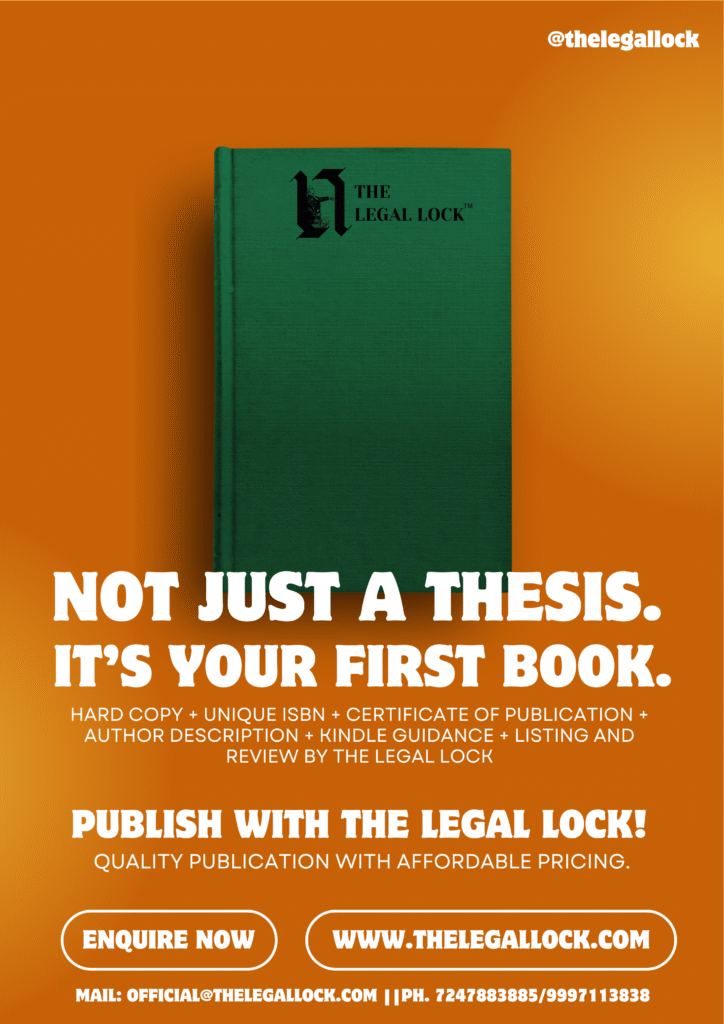Case brief: J. & P. Coats Ltd. vsChadha& Co. (India) AIR1967Delhi141

| Citation | AIR1967Delhi141 |
| Court | Supreme Court of India |
| Date | 9 May 1967 |
| Plaintiff | J. & P. Coats Ltd. |
| Defendant | Chadha & Co. (India) |
Introduction
In the matter of J. & P. Coats Ltd. vs. Chadha & Co. (India), two businesses selling comparable goods—specifically, sewing and embroidery threads—are at odds over trademark similarities and the possibility of consumer confusion. Delivered on May 9, 1967, the ruling covers important legal concepts related to reputation, trademark registration, and the standards used to determine market confusion. The plaintiff, a Scottish registered business, J. & P. Coats Ltd., has been using its trademark, which prominently displays the word “Anchor” and is connected to the company’s global product sales. The plaintiff was concerned that customers would become confused by the defendants’ use of a distinct trademark that incorporated “CHADA’S TIFFAN” because of the similarity in packaging and the type of items being sold.
Based on the overall image that their packaging and trademarks give, the case investigates whether the typical consumer would be likely to confuse the two brands. In the context of Indian consumers, the legal arguments made centre on the trademarks’ uniqueness, the possibility of deception, and the transformative qualities of consumer perception regarding brand identity. This is made more difficult by the fact that some of the terms used in the trademarks are foreign. In order to support claims for a permanent injunction and damages, the court must ultimately determine whether the plaintiff was able to show that the defendant’s use of its trademark would probably mislead consumers into thinking that the goods originated from the plaintiff.
This introduction sets the stage for an exploration of trademark law as it pertains to branding, consumer behavior, and the judiciary’s role in interpreting these elements in the context of Indian commerce and legal standards.
Parties involved
- & P. Coats Ltd. is the plaintiff.
Background:
- & P. Coats Ltd. was founded in the 19th century and quickly became a world leader in the textile business, especially for its sewing thread manufacture. The business has been doing business in India for a number of decades, and its trademarks—particularly “Anchor”—have helped it establish a strong brand identity. –
Trademark Significance:
In the sewing thread business, the “Anchor Handicraft Box Top” is known for both its practical utility and as a mark of excellence and dependability. The brand has gained the goodwill and loyalty of customers, which is frequently mentioned as a significant asset in trademark law.
Chadha & Co. (India) is the defendant.
Background:
Chadha & Co. wanted to compete with well-known brands when they first entered the sewing thread market. Even though they were relatively new to the market, they aimed to draw clients who were drawn to well-known, high-quality products by using comparable branding techniques.
The defendants’ branding strategy involved marketing their items under the name “Chadha and Company,” and they were under pressure to make them aesthetically pleasing so that customers would notice the resemblance to the plaintiff’s brand without violating trademark rights.
Facts of the case
Nature of the Dispute: The plaintiff claimed that the defendants were imitating important visual elements in their packaging in order to capitalise on the well-known “Anchor” brand. Potential consumer confusion whether consumers would wrongly identify the defendants’ products as the plaintiff’s was the main source of concern.
Evidence Provided: The plaintiff presented a number of pieces of evidence, such as Observe retail establishments testifying that the brands are confusing. Images and samples of the products and packaging. Both parties employ marketing methods.
Claims of Passing Off: The plaintiff argued that the defendants’ activities amounted to passing off, which is the practice of one party impersonating another’s goods or services in order to create confusion and maybe damage the established brand’s reputation.
Key Differences: The package designs had differences – for instance, the plaintiff’s packaging featured an anchor symbol while the defendants used a dog figure, yet the plaintiff maintained that these differences were superficial.
Judicial history of the case
1.Initial Judgement: The District Judge closely examined the submissions made by each party, paying particular attention to the possibility of consumer confusion. A compilation of data and in-depth witness statements about the experiences of customers. Although the colour and size of the package were comparable, the court determined that this was insufficient to constitute a lawful infringement.
- Arguments from the Law:
For the Plaintiff:
The primary points of contention were the value of preserving customer goodwill and the intellectual rights connected to the registered trademark. For the Defendants: The defendants argued that the disparities outweighed any purported similarities and provided evidence of the absence of substantial similarity.
For the Defendants: The defendants argued that the disparities outweighed any purported similarities and provided evidence of the absence of substantial similarity.
Appeal to the Supreme Court:
- The plaintiff filed an appeal of the District Court’s ruling, claiming that the defendants’ marketing strategies infringed upon their rights as the trademark holder and resulted in unfair competition.
Legal Concerns Resolved
- Trademark Ownership and Rights:
Whether the plaintiff was the legitimate owner of the trademark and whether its rights were being violated were important legal questions. The exclusive rights to the trademark were confirmed by the validation of the “Anchor Handicraft Box Top” registration.
- Consumer Confusion:
Using accepted trademark law concepts, the Supreme Court examined the possibility of consumer confusion. Among them were: Evaluating the markings’ phonological and visual resemblances. Recognising the viewpoint of the typical consumer—the court observed that less discriminating clients were the ones most likely to be perplexed.
- The Court gave serious consideration to the nature of passing off, which includes aspects of dishonesty and consumer confusion. It was the plaintiff’s responsibility to prove actual confusion or the possibility of confusion, which they claimed resulted from a striking visual resemblance.
- Packaging Comparison:
A thorough examination of the packaging was carried out, with an emphasis on the unique features of each brand. The Court noted: The unique use of colour and design elements by the defendants. It was observed that the packaging styles, which included the focus on dogs rather than anchors, contributed to adequate distinctiveness.
Court Decisions
- Conclusive Evidence of Authority:
The court removed a barrier to appropriate legal procedure by confirming that the plaintiff’s agent had the necessary authority to act on the company’s behalf.
- Validity of Trademarks Affirmed:
The court upheld the plaintiff’s ownership rights to the registered trademark, highlighting the legal safeguards that protect trademark owners from unapproved usage.
- Lack of uncertainty:
Nevertheless, the crucial conclusion was that there wasn’t enough data to demonstrate consumer uncertainty.
The Supreme Court observed:
Even though there were some similarities, there were enough branding distinctions to keep customers from misidentifying. The plaintiff’s testimonies failed to provide sufficient evidence of widespread or substantial confusion to support a trademark protection violation.
- Dismissal of Appeal: The court dismissed the appeal, emphasizing that the plaintiff must present a clearer case showing actual confusion rather than potential confusion based on subjective interpretation. The court underscored the importance of consumer perception and acknowledged the reality that many consumers would discern the differences.
Implications of the Ruling
– Consumer Protection: The case delineates the balance between protecting established trademarks and acknowledging the need for market competition and consumer discernment.
– Clarity in Trademark Disputes: This judgment asserts the importance of clear evidence and rigor in establishing claims of passing off; simply alleging a possibility of confusion is not sufficient for legal redress. Businesses must adopt distinguishing features that effectively prevent infringing upon one another’s markets.
– Future Trademark Litigations: The ruling sets a precedent for future cases involving trademark disputes, encouraging companies to carefully consider both their branding strategies and the need to substantiate claims of confusion within their marketing practices.
Conclusion
The verdict in J. & P. Coats Ltd. vs. Chadha & Co. highlights the complexities of trademark law, specifically the nuanced nature of establishing consumer confusion and the rigorous standards of proof required in trademark litigation. While the ruling vindicates the defendants, it serves as a guide for trademark owners to rigorously evaluate their branding strategies and prepare substantiated claims when pursuing legal actions for trademark infringement.








